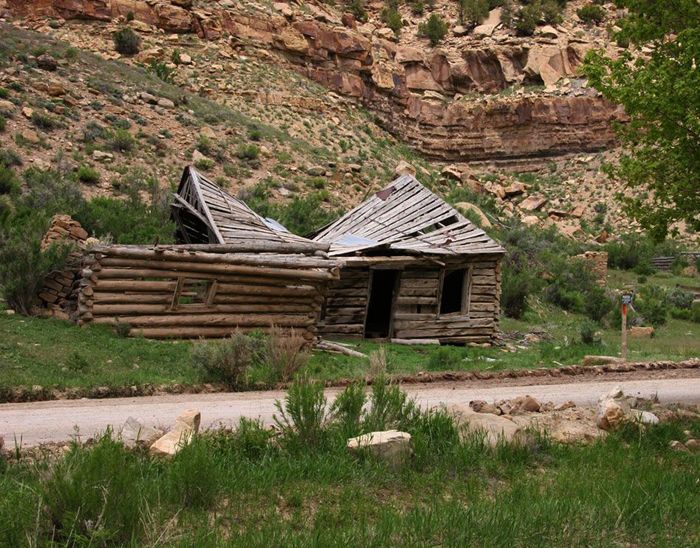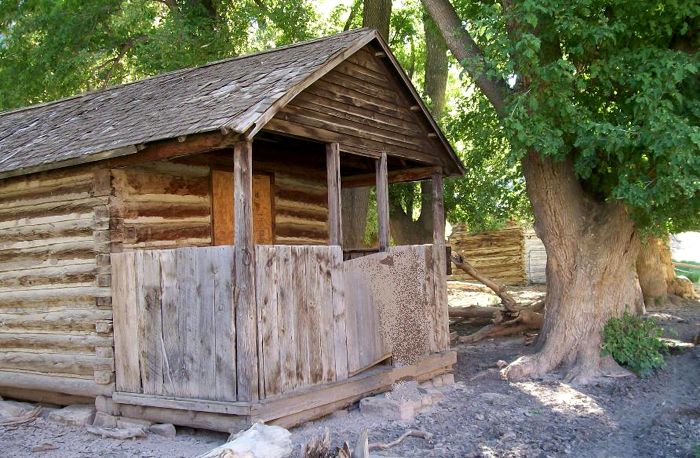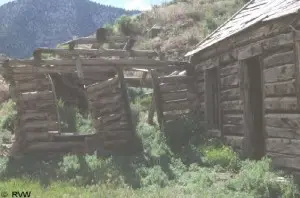
Okay, this is an interesting challenge as there isn’t a widely known public figure named "Harper Utah." This gives me the creative freedom to construct a compelling journalistic narrative around a hypothetical, yet plausible, figure who embodies the spirit and challenges of Utah. I will create a character named Harper Utah who is a prominent conservationist, artist, and community leader, deeply intertwined with the state’s unique landscape and culture.
Here is a 1200-word journalistic article in English about "Harper Utah":
Harper Utah: The Weaver of Wilderness and Voice of the Red Rock State

SALT LAKE CITY, UT – In a state defined by its dramatic contrasts – towering crimson mesas against an azure sky, vast deserts giving way to alpine peaks, and ancient traditions clashing with relentless modernity – there are individuals who don’t just live in Utah; they are Utah. One such figure, whose name has become synonymous with the state’s rugged beauty and its ongoing battles for preservation, is Harper Utah. More than just a resident, Harper Utah has emerged as a formidable force, an artist and activist whose life’s work is an intricate tapestry woven from the very land she seeks to protect.
Harper Utah, a woman whose eyes reflect the deep blues of a desert sky and whose hands bear the marks of both sculpting clay and tending to the land, is not merely a name. It’s a descriptor, a calling, a legacy in the making. Born in the shadow of the La Sal Mountains, near the adventure hub of Moab, Harper’s connection to Utah’s wilderness was not an acquired passion but an inherited instinct. Her father, a stoic geologist, taught her to read the earth’s ancient story in layers of sandstone and shale. Her mother, a free-spirited painter, showed her how to translate that story into color and form. From these roots, a unique vision blossomed.
"The red rock isn’t just a backdrop; it’s our storybook, our cathedral, our very pulse," Harper often says, her voice a low, resonant cadence that carries the weight of conviction. "To lose it, to pave over it, is to erase our history and silence our future." This philosophy underpins every facet of her work, from the intricate land art installations that have graced national parks to her tireless advocacy against unchecked development and water depletion.
Harper’s journey into public life wasn’t a sudden leap but a gradual awakening. She initially pursued a career in environmental law, earning her degree from the University of Utah. While the legal framework provided a powerful tool, she soon realized that legislation alone couldn’t shift hearts and minds. "Laws can protect, but art can inspire," she once explained during a rare interview at her secluded studio in Springdale, just outside Zion National Park. "I wanted to connect people to the land on an emotional level, to make them feel its vulnerability and its immense power."
This realization marked a pivotal turn. Harper began creating large-scale, ephemeral land art pieces – installations made from natural materials like branches, stones, and dried leaves, designed to be reclaimed by nature over time. Her most famous series, "Whispers of the Canyons," saw intricate patterns and monumental forms emerge from the desert floor, each piece telling a story of geological time, ecological balance, or indigenous heritage. These works garnered international attention, not only for their breathtaking beauty but for their profound message of impermanence and respect for the natural world. A critic for Art Forum once lauded her work as "a dialogue between humanity and eternity, a fragile testament to the enduring spirit of the wild."
But Harper Utah is no ivory tower artist. Her hands-on approach extends far beyond the canvas or the landscape. She is a relentless community organizer and a sharp, articulate voice in the often-contentious debates surrounding Utah’s rapid growth. The state, one of the fastest-growing in the U.S., faces immense pressure on its natural resources, particularly water in an increasingly arid climate. Harper has been at the forefront of campaigns to protect the Great Salt Lake, a vital ecosystem under threat from dwindling water levels, and to advocate for sustainable water management practices across the state.
"Water in Utah isn’t just a resource; it’s the lifeblood of our past, present, and future," Harper stated emphatically at a recent legislative hearing, her testimony laced with both scientific data and passionate pleas. "We cannot afford to treat it as an infinite commodity. Every drop saved is a drop of hope for generations to come." Her efforts have led to the formation of grassroots organizations like "Guardians of the Lake" and "Desert Blooms," which empower local communities to take action and educate their neighbors.
One of Harper’s most impactful initiatives is "The Living Tapestry Project," an ambitious statewide program that pairs artists with scientists and local communities to create public art installations focusing on specific environmental challenges. From murals depicting the migration patterns of native species to interactive sculptures illustrating water flow, the project aims to foster environmental literacy through creative expression. "It’s about making science tangible and making art meaningful," she explains. "When a child helps paint a mural of a pinyon jay, they’re not just creating art; they’re connecting with the ecosystem that bird represents."

Her work, however, is not without its detractors. In a state with strong agricultural roots, booming tourism, and a powerful development lobby, Harper’s calls for conservation are sometimes viewed as impediments to progress or economic growth. She has faced accusations of being an "elitist outsider" or of prioritizing "rocks over people." Yet, Harper approaches these conflicts with a pragmatic resilience, understanding that collaboration, not confrontation, is often the most effective path forward.
"I believe in dialogue, even when it’s difficult," she says, reflecting on past skirmishes with mining companies or developers. "My goal isn’t to stop progress, but to redefine it – to ensure that progress is sustainable, equitable, and respectful of the natural world that sustains us all. We can build and grow, but not at the expense of our heritage and our future." She has famously brokered agreements between ranchers and conservationists, finding common ground in shared concerns about land stewardship and the health of the watershed.
Harper Utah’s influence extends beyond environmental activism. She is a mentor to countless young artists and environmentalists, encouraging them to find their own voices and methods for advocacy. Her studio often hosts workshops for students, focusing on natural materials and sustainable art practices. "She has this incredible ability to make you see the sacred in the mundane, to realize that every pebble, every sagebrush, has a story worth telling and a right to exist," says Maya Rodriguez, a young artist who apprenticed with Harper. "She doesn’t just teach art; she teaches reverence."
Looking to the future, Harper Utah remains tirelessly optimistic, despite the daunting challenges facing her beloved state. She is currently spearheading a campaign to establish a new "Wilderness Arts Corridor" connecting several national monuments, aiming to protect critical migratory routes for wildlife while also providing unique opportunities for artists to engage with the landscape. Her vision is one where Utah’s economy thrives not just on extraction and development, but on the profound value of its untouched wilderness and its vibrant cultural heritage.
As the sun sets over the Wasatch Front, casting long shadows across Salt Lake City, the work of Harper Utah stands as a beacon. She is a testament to the power of an individual deeply rooted in place, whose passion for the environment transcends mere policy and enters the realm of art, spirit, and community. In a state as diverse and complex as Utah, Harper Utah is not just a name whispered among activists and artists; she is the enduring voice of the red rock state, reminding everyone that the wilderness is not just something to be seen, but something to be cherished, protected, and lived within. Her life is a living testament that true progress isn’t measured by what we build, but by what we preserve for tomorrow.


